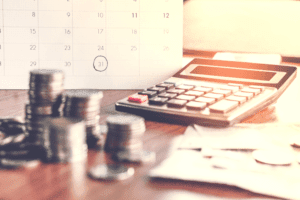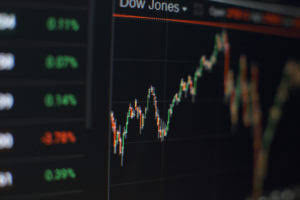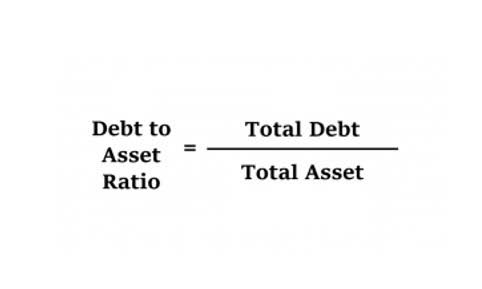
As a result, Exxon would be considered a capital-intensive company. Some of the company’s fixed assets include oil rigs and drilling equipment. Depreciation allocates the cost of QuickBooks a tangible asset over its useful life and accounts for declines in value.
Depreciation of Plant Assets

It includes cash/bank, short-term securities, inventories, account receivables, etc. Depreciation expenditures, on the other hand, are the appropriate part of the cost of a company’s fixed assets for the time period. Depreciation is a non-cash expenditure that decreases the company’s plant assets are defined as net profits and is recorded on the income statement. Unique from regular office supplies or inventory for sale, plant assets are capital investments meant to serve the company for many years. Did you know plant assets are more than just heavy equipment or sprawling facilities?
Understanding Depreciation

Therefore, the company would record the machine at £110,000 as the initial cost. This classification is rarely used, having been superseded by such other asset classifications as Buildings and Equipment. Get stock recommendations, portfolio guidance, and more from The Motley Fool’s premium services. When researching companies, the financial statement is a great place to start. Shaun Conrad is a Certified Public Accountant and CPA exam expert with a passion for teaching. After almost a decade of experience in public accounting, he created MyAccountingCourse.com to help people learn accounting & finance, pass the CPA exam, and start their career.
Depreciation On Plant Assets
- Therefore, the company would record the machine at £110,000 as the initial cost.
- If the asset’s value is found to be impaired, the carrying amount would be reduced.
- The matching principle states that expenses should be recorded in the same financial year when the revenue was generated against them.
- To calculate PP&E, add the gross property, plant, and equipment, listed on the balance sheet, to capital expenditures.
- After almost a decade of experience in public accounting, he created MyAccountingCourse.com to help people learn accounting & finance, pass the CPA exam, and start their career.
Some entities may also have internal policies that allow them to directly charge out the capital expenditure of a small value, usually below a certain threshold. Plant assets are a part of non-current assets and are usually the largest group of assets one can find in the financial statements. They normally show up as the first line item under non-current assets. If you picture a business as a process that creates wealth for the owners, PP&E are the physical machine. Left by themselves, PP&E just sit there, but put into action by people with energy and purpose, they become a money-making machine.
- If made in-house or bought, it must serve the business for years to make it a plant asset.
- The assets on a balance sheet contribute to a company’s overall profitability and worth.
- Like any category of assets, it’s critical to evaluate plant assets on a company-by-company basis.
- A new press technology has just launched in the market, and the company owner decided to acquire the machine.
- PP&E represents assets that are key to the functionality of a business.
- There are several methods to calculate depreciation, but all reflect how assets lose value over time.
The company’s top management regularly monitors the plant assets to assess any deviations, discrepancies, or control requirements to avoid misuse of the plant assets and increase the utility. Understanding the nuances of asset lifespan and revenue generation is pivotal for sound financial management within any business dealing with plant assets. With inventory, we saw a direct match between the cost of the product and the sales revenue. The PP&E account is remeasured every reporting period, and, after accounting for historical cost and depreciation, is defined as book value. To calculate PP&E, add the gross property, plant, and equipment, listed on the balance sheet, to capital expenditures. Companies commonly list their net PP&E on their balance sheet when reporting financial results.
- Plant assets are long-term physical items a company owns and uses to make its products, like buildings, machines, and equipment.
- This can help provide accurate financial information if the market for plant assets is unusually volatile.
- A plant asset is any asset that can be utilized to produce revenue for your company.
- In this article, we will talk about non-current tangible assets and, specifically the plant assets.
There are different methods of depreciation that a business entity can use. Many business entities use different depreciation methods for financial reporting and tax purposes. It’s important to note that the value of plant assets (other than land) depreciates over time, and each type of asset has a specific “useful life” that is defined by the IRS. Depending on the industry and purpose of a company, a number of items might now qualify as plant assets.
These assets are classified as fixed assets if their cost exceeds the capitalization threshold of a business, and they are expected to be used for more than one reporting period. Any asset may be included in the plant assets classification, as long as it contributes to the generation of sales. The name plant assets comes from the industrial revolution era where factories and plants were one of the most common businesses. This category of assets is not limited to factory equipment, machinery, and buildings though. Anything that can be used productively to general sales for the company can fall into this category. Let’s skim through the concept of depreciation for the plant assets.

Straight Line Method
This cost would be capitalised and added to the asset’s book value on the balance sheet. This includes purchase price, shipping costs, installation charges and any other costs directly attributable to bringing the asset to its working condition. Plant assets (other than land) are depreciated over their useful lives and each year’s depreciation is credited to a contra asset account Accumulated Depreciation.
Depreciation and amortization, or the process of expensing an item over a longer period of time than when it was acquired, are calculated on a straight-line basis. It’s determined by multiplying the difference between an asset’s purchase price and its projected salvage value by the number of years it’ll be in use. Most companies, especially those that run fully in-house and do not rely on other parties for production or processing, require land. Even if a company does not operate on-site or own property, many businesses profit from purchasing land, even if they do not intend to use it until later.
